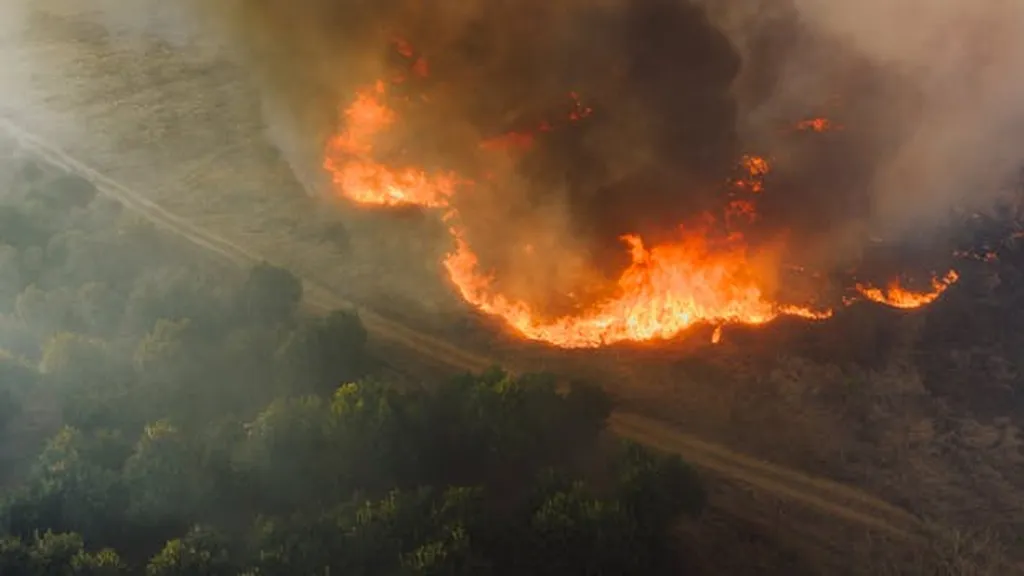In the heart of Ethiopia’s upper Blue Nile basin, the Choke watershed region is grappling with a silent crisis: agricultural drought. A recent study published in *Applied Water Science* has shed light on the severity, distribution, and duration of this pressing issue, using advanced remote sensing metrics to paint a detailed picture of the region’s struggle. The research, led by Walelgn Dilnesa Cherie from the Department of Hydraulic and Water Resources Engineering at Debre Markos University, offers crucial insights that could shape future drought mitigation strategies and agricultural practices.
The study, which analyzed Landsat-8 satellite imagery from 2019 to 2023, revealed that the Choke watershed has been experiencing moderate to severe drought conditions during the critical crop-growing season (June to September). “The drought is driven by precipitation shortages, limited agronomic conditions, and soil moisture deficits,” explained Cherie. This has led to significant vegetation stress, with severe drought conditions observed in August 2020 and moderate drought in June 2022 and August 2023.
The commercial impacts of this drought on the agriculture sector are substantial. Crop growth and livestock production have been severely affected, threatening the livelihoods of local farmers and the region’s economic stability. The study found that a significant portion of the lowland Choke watershed experienced moderate drought, with the vegetation health index (VHI) showing that between 22.41% and 25.62% of the area was affected annually from 2019 to 2023. Severe drought conditions were also prevalent, with VHI indicating that between 8.16% and 18.79% of the region faced extreme conditions during the same period.
The research utilized several remote sensing metrics, including the normalized difference vegetation index (NDVI), vegetation condition index (VCI), and temperature condition index (TCI), to assess drought severity. While NDVI, VHI, and VCI consistently depicted moderate drought and normal to above-average conditions, TCI tended to overestimate severe drought. This discrepancy highlights the importance of using multiple metrics for a comprehensive understanding of drought conditions.
The findings of this study underscore the urgent need for action from government officials, policymakers, and environmentalists. “The Choke watershed region is highly susceptible to drought, and immediate intervention is crucial to mitigate its effects,” Cherie emphasized. Future developments in the field may focus on integrating these remote sensing metrics into early warning systems and drought monitoring frameworks, enabling more proactive and effective drought management strategies.
As climate change continues to exacerbate agricultural drought, research like this becomes increasingly vital. By leveraging advanced technology and data analysis, we can better understand and address the challenges posed by drought, ensuring the resilience and sustainability of agricultural systems in vulnerable regions like the Choke watershed.

